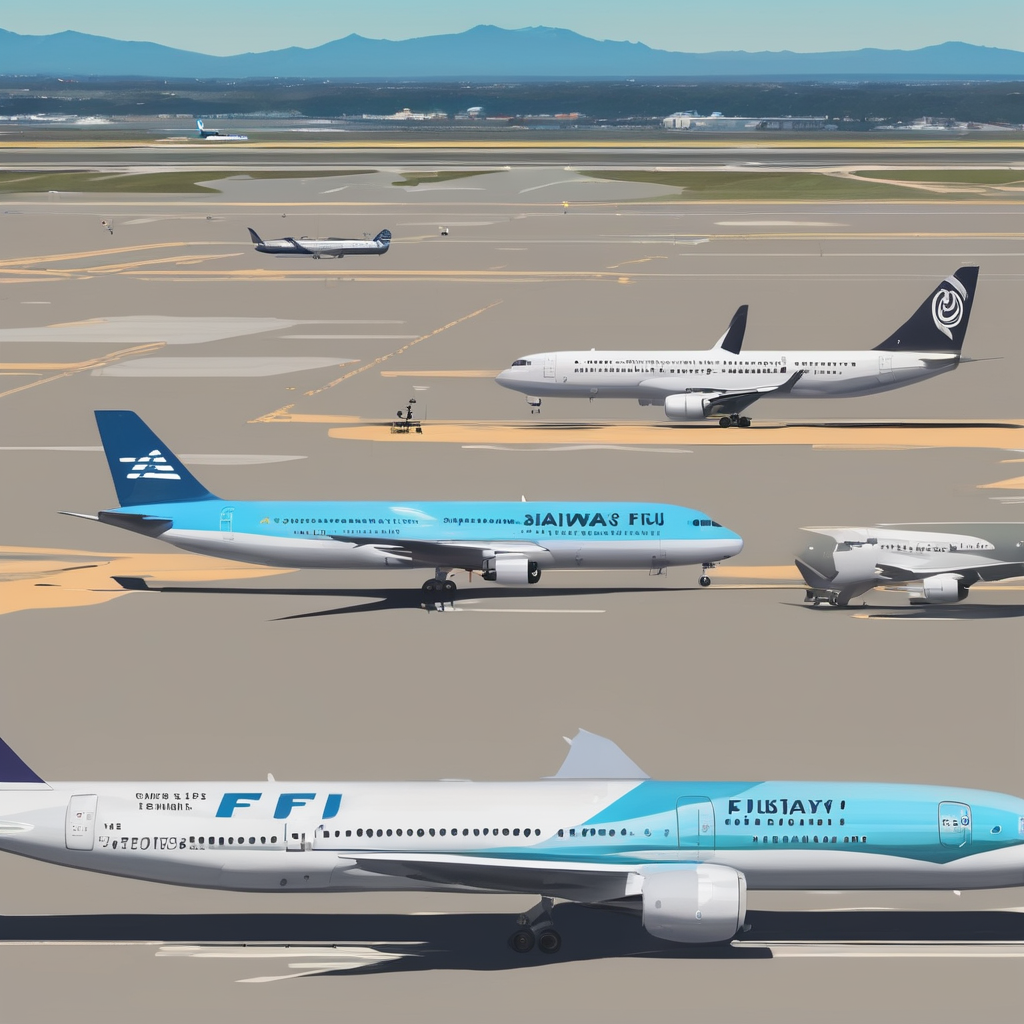Air travel disruptions escalated on Monday, with over 4,300 flights delayed across the United States, compounding the issues faced by travelers after a staggering 8,800 delays reported on Sunday. This turmoil has been significantly impacted by a rising number of air traffic controller absences amid a federal government shutdown that has now extended into its 27th day.
The Federal Aviation Administration (FAA) noted that staffing shortages were predominantly affecting flights in the Southeastern U.S. and at Newark Airport in New Jersey. To manage the situation, the FAA instituted a ground stop at Austin Airport in Texas and launched a ground delay program at Dallas Fort Worth International Airport, resulting in average flight delays of 18 minutes.
Major airlines have reported concerning levels of delay, with Southwest Airlines facing 47% of its flights impacted on Sunday, translating to 2,089 delayed flights. American Airlines experienced a 36% delay rate with 1,277 affected flights, while United Airlines had 807 flights delayed, accounting for 27%. Delta Air Lines reported that 21% of its flights were delayed, amounting to 725 flights.
This mounting crisis has left approximately 13,000 air traffic controllers and 50,000 Transportation Security Administration officers working without pay. A U.S. Department of Transportation official indicated that 44% of the delays on Sunday were directly related to controller absences, a dramatic rise from a typical rate of 5%.
As frustrations rise among travelers, scrutiny of the ongoing budget impasse is intensifying. Transportation Secretary Sean Duffy visited Cleveland on Monday to engage with controllers about the unfolding crisis. Furthermore, the National Air Traffic Controllers Association has organized events at various airports to draw attention to the financial strain caused by missed paychecks on operations.
Staffing challenges within the FAA have been a longstanding concern, with the agency reportedly short by around 3,500 controllers from optimal staffing levels for over a decade. Controllers had already been working mandatory overtime and six-day workweeks before the government shutdown. This scenario draws parallels to the 35-day government shutdown of 2019, which similarly resulted in air traffic flow reductions in major cities like New York and Washington D.C.
Despite these challenges, there is a glimmer of hope as lawmakers continue negotiations that may lead to a resolution. Positive developments in discussions could restore normal operations for air travel and ease the pressure on air traffic controllers and passengers alike. The resilience displayed by aviation professionals amid these turbulent times reflects their dedication to maintaining safety and efficiency in air travel. Many remain optimistic that stability in the skies will be restored soon, benefiting both the industry and the flying public.
